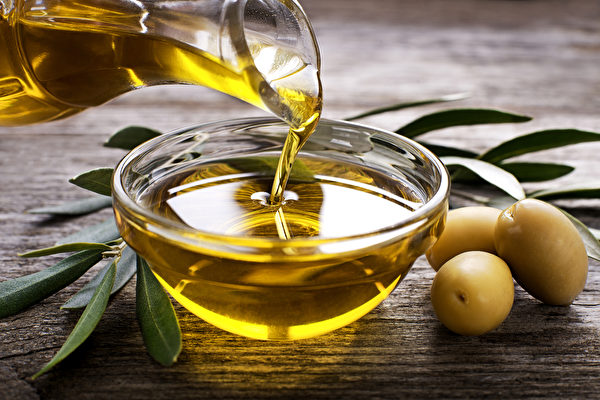Olive oil is known as the “liquid gold”. In kitchens around the world, olive oil is highly favored for its unique flavor and versatility. Olive oil not only enhances the taste of dishes but also brings numerous health benefits. However, to fully unleash the potential of olive oil, understanding how to select and store it is crucial. This article shares practical tips for selecting and storing olive oil, helping you to fully enjoy the benefits of this “liquid gold”.
When purchasing olive oil, the following tips should not be overlooked:
Proper storage of olive oil is essential to maintain its freshness and flavor, while preserving essential nutrients. According to Mary Mori, Vice President of Quality and Product at California Olive Ranch, storing olive oil should avoid the four major enemies: time, light, heat, and oxygen.
Olive oil is rich in monounsaturated fats and antioxidants, which help reduce the risk of cardiovascular diseases and fight chronic inflammation. It contains various vitamins, especially vitamin E, which is beneficial for skin and hair health.
Olive oil has a wide range of applications, from frying to baking, to salad dressings, all of which can play a unique role. Extra virgin olive oil is suitable for low-temperature cooking or direct consumption, while refined olive oil is suitable for high-temperature cooking.
By mastering these selection and storage techniques, you ensure the quality and flavor of the olive oil, and fully utilize its health benefits. Olive oil is a flavor enhancer and a good companion for a healthy lifestyle. We hope that these tips will help you better use olive oil in your daily cooking, allowing you to enjoy delicious food while taking care of your health.

